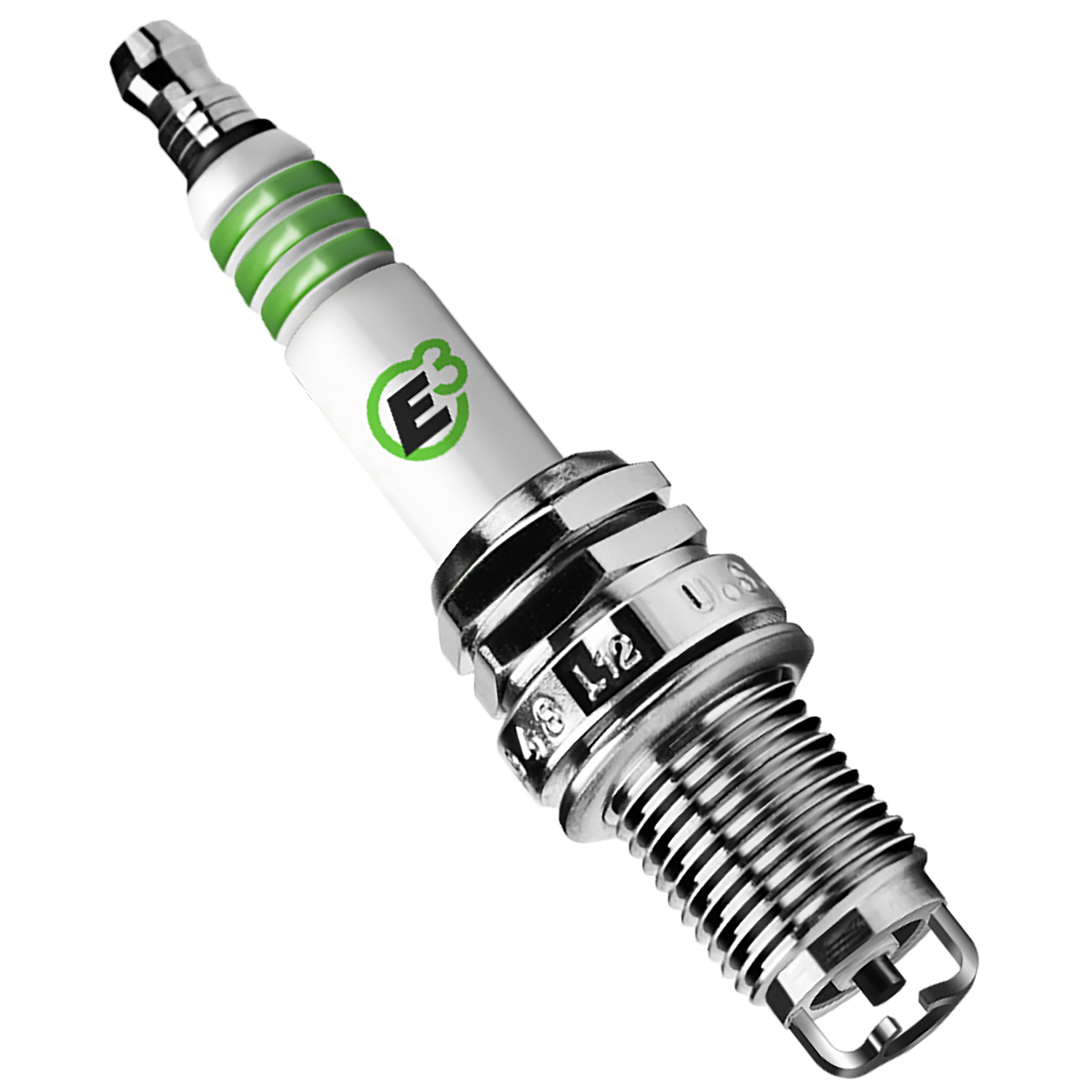

As current flows from the coil, a voltage develops between the central and side electrodes. The plug is connected to the high voltage generated by an ignition coil or magneto. The function of a spark plug is to produce a spark at the required time to ignite the combustible mixture. Helen Blair Bartlett played a vital role in making the insulator in 1930.

Subsequent manufacturing improvements can be credited to Albert Champion, to the Lodge brothers, sons of Sir Oliver Lodge, who developed and manufactured their father's idea and also to Kenelm Lee Guinness, of the Guinness brewing family, who developed the KLG brand. Only the invention of the first commercially viable high-voltage spark plug as part of a magneto-based ignition system by Robert Bosch's engineer Gottlob Honold in 1902 made possible the development of the spark-ignition engine. Įarly patents for spark plugs included those by Nikola Tesla (in U.S. Lenoir is generally credited with the invention of the spark plug. In 1860 Étienne Lenoir (credit is also given to Edmond Berger, who invented but never patented the spark plug on February 2, 1839) used an electric spark plug in his gas engine, the first internal combustion piston engine. In this case, they are sometimes referred to as flame igniters. Spark plugs may also be used in other applications such as furnaces wherein a combustible fuel/air mixture must be ignited. Spark plugs may also be used for other purposes in Saab Direct Ignition when they are not firing, spark plugs are used to measure ionization in the cylinders – this ionic current measurement is used to replace the ordinary cam phase sensor, knock sensor and misfire measurement function. The central electrode protrudes through the porcelain insulator into the combustion chamber, forming one or more spark gaps between the inner end of the central electrode and usually one or more protuberances or structures attached to the inner end of the threaded shell and designated the side, earth, or ground electrode(s). The spark plug's metal shell is screwed into the engine's cylinder head and thus electrically grounded. The central electrode, which may contain a resistor, is connected by a heavily insulated wire to the output terminal of an ignition coil or magneto. A spark plug has a metal threaded shell, electrically isolated from a central electrode by a ceramic insulator. A spark plug (sometimes, in British English, a sparking plug, and, colloquially, a plug) is a device for delivering electric current from an ignition system to the combustion chamber of a spark-ignition engine to ignite the compressed fuel/air mixture by an electric spark, while containing combustion pressure within the engine.


 0 kommentar(er)
0 kommentar(er)
